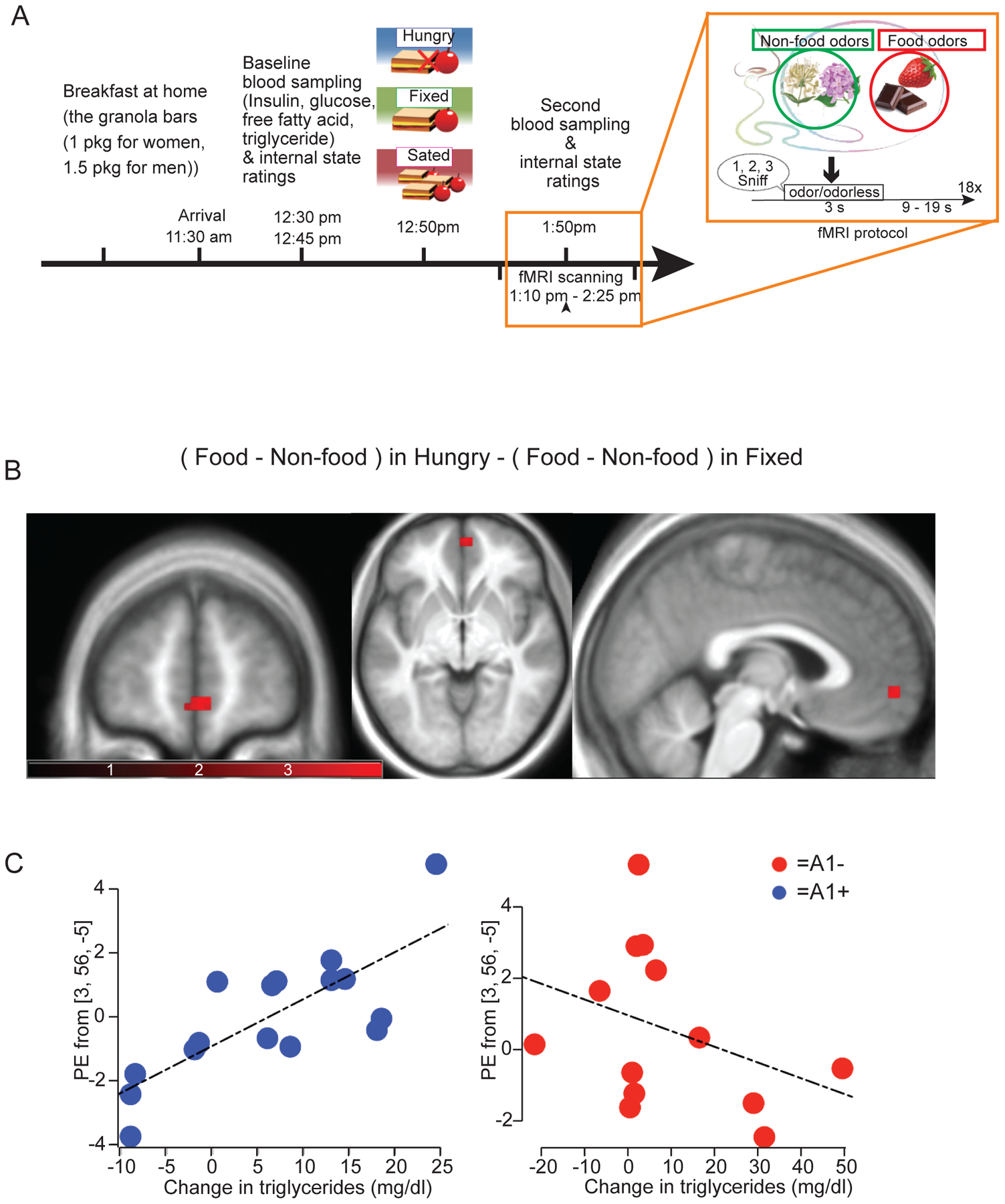Figure 7. Post-prandial triglycerides control human brain responses to food cues in a DRD2-dependent manner (TaqIA polymorphism carriers).

(A) Experimental protocol for fMRI studies and odor stimulation. (B) Blood oxygen level dependent (BOLD) responses to food vs non-food odors in Hungry vs Fixed conditions correlates with meal-induced changes in TG differentially as a function of genotype in the ventromedial prefrontal cortex (vmPFC) at 3, 56, −5 (p=0.04 following FWE correction for comparison across the voxels in the vmPFC ROI and subsequent Bonferroni correction for the number of ROIs tested. Note that this analysis includes all covariates (changes in plasma glucose, insulin and FFA and changes in internal state and odor perception ratings). (C) Scatter plots showing the correlation with plasma TG and A1/A2 genotype in the vmPFC. For statistical details see Table S5.
